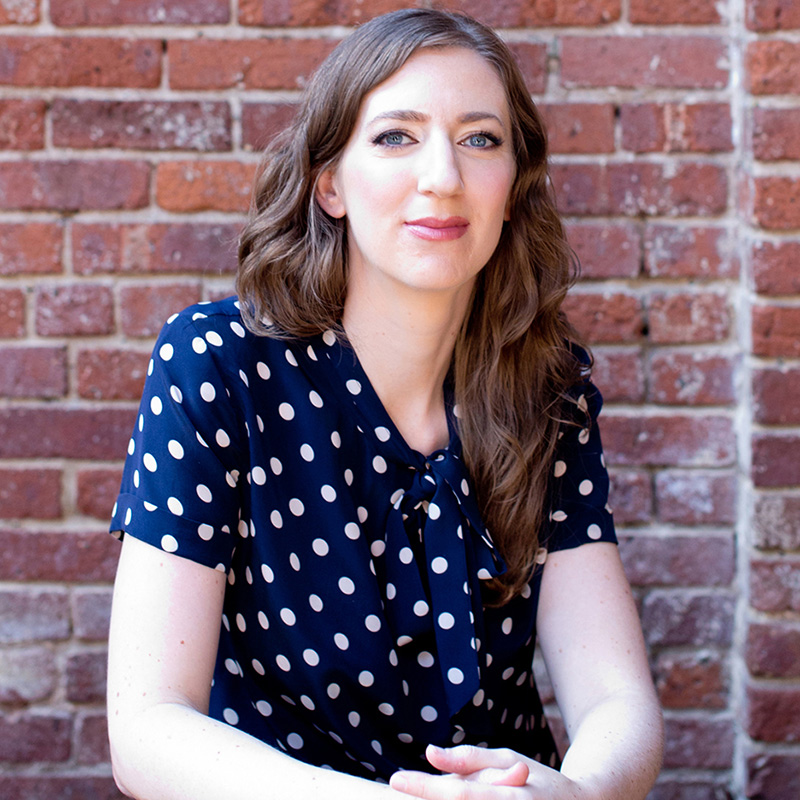Some believe that you have to wait for “inspiration to strike” before you can channel creative energy into finished work.
But if you have a hard deadline, and a limited amount time, you don’t always have the option to wait around.
For me, creative work requires discipline in far greater proportion than inspiration. I find that once I get the wheels moving, inspiration is never as elusive as it seems.
Usually, when we stall out on a project, it’s not for lack of inspiration. It’s because we’re putting off doing the work needed to turn inspiration (Pinterest board, cool pattern, uplifting quote, recent conversation) into something tangible.
Doing the work isn’t a magical process. It’s a highly practiced technique of mapping out what you actually want to make, and then implementing it.
The specifics are different for everyone, but I do this by sketching. A writer might do this by drafting an outline. Whatever your craft, the heart of creativity isn’t so much about absorbing everything you see and feel around you, it’s about the moment when you do something with this information.
With all that said, creativity needs to be nourished and toned like any other aspect of your physical and emotional health. When I talk about creative discipline, I mean that you have to force yourself through mental blocks, distractions and fear of failure in order to get anything done.
I also mean that you have to cultivate a stimulating atmosphere, so that when you do sit down at your desk, you bring a fresh perspective. That means getting away from your computer, exposing yourself to new things, and keeping your eyes open all the time.
This might be the biggest challenge of all: how do you keep your ideas fresh when you do creative work every day? I find it especially hard to stay fresh in the dead of winter. It’s cold outside, and the streets are piled with dirty snow. Leaving my warm apartment isn’t very appealing, so I end up staying inside and falling deeply into my ingrained patterns. I look to the internet for inspiration instead of engaging in the real world, and my work suffers. This is what a rut looks like, and I remind myself to push past it.
You might be in a creative rut if:
Ok, so you’ve identified that you’re a bit stuck. Now what?
Here are some suggestions for getting through a creative cold spell:
- Often times, we hold ourselves back with self-doubt. Even when you don’t think you have any good or original ideas, just write or sketch what’s in your head. Think of it as a warm-up period. Usually, when we finally put ourselves in the hot seat, we realize that we aren’t as blocked as we thought we were.
- It can be helpful to find someone’s work that you admire and then try to imitate it. I’m not suggesting that you should copy directly and then pass it off as your own work, but the act of imitating can nudge us into a different way of working, and help to clarify our own vision. You might also discover a new technique that you can appropriate for your own work.
- This is probably my favorite way to shake things up. So much of what blocks us is in our heads. When you do something tactile and constructive, you get your whole body involved in a subconscious but highly stimulating creative act. Do something that’s unrelated to your work, but that nourishes you in some other way. Cook an elaborate meal. Make your own soap. Paint an old piece of furniture. Whatever you do, make sure it feels good.
- I do my best thinking when my body is active, but my mind is calm. In the summer, I love taking long bike rides or walks as a way to clear my head and get the brain juices flowing. This is a lot harder to do in February when temperatures are below freezing every day. My winter routine involves walking two blocks to the gym and zoning out with Bravo on the elliptical. It’s good in its own way, but it’s not exactly stimulating. If you live in the city, try taking a new bus or train line and see where it ends up. Or if you have a car, set aside time to go for a long drive with the music cranked up. A simple change of scenery can work wonders.
When we understand how and why we get things done, it becomes easier to repeat our processes for future projects.
We don’t need to wait for a magic confluence of events to take place before we can get started. But we do need to do the work: the work of making space. The work of engaging our senses on a daily basis. The work of connecting with people and things in a meaningful way. The work of getting our ideas down on paper. And the work of pushing ourselves, always, to do better than just okay.
xo
Rebecca





